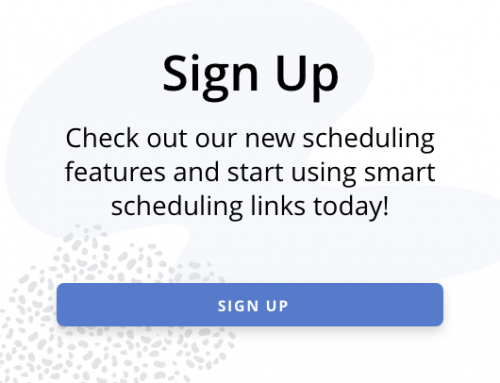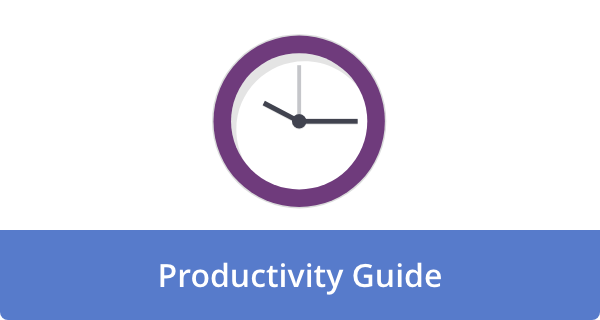

As a business owner or manager, you are probably looking for ways to drive growth, build a positive workplace culture, and save money for your organization. There are many different ways to achieve these goals, but one of the most important is establishing good communication. If your internal communication is poor, your team members cannot stay on the same page. They will be more likely to miss deadlines, experience confusion, and become less productive.
When employees have the tools necessary to communicate well with you and each other, they’ll have an easier time collaborating. They’ll also be more likely to meet deadlines easier, experience job satisfaction, and ultimately increase their output. Here are five easy strategies for enhancing workplace communication and boosting productivity in the process.
1. Adopt Collaborative Communication Software
In today’s digital age, companies and employees must stay connected. Tasks can easily fall through the cracks when workers don’t know what they’re expected to do and when. Implementing company-wide collaborative software is one of the easiest ways to facilitate constant and instantaneous communication. It can boost productivity and help everything from daily responsibilities to large project launches go smoother.
You’ll soon discover many options when you search for digital collaboration tools. It’s important to research how each platform works so you can pick and choose which will be most effective for your teams. Popular choices include meeting scheduling software like Calendar, Google Calendar, and Microsoft Calendar. These can make the tedious but important tasks of scheduling team meetings and events as simple and non-conflicting as possible. Slack and Microsoft Teams are also highly-rated collaborative communication platforms.
Facilitating instant communication between teams is essential if you work for a large company where different departments are naturally spread apart. If your teams don’t have easy ways to communicate instantly, you might as well be on a different continent. And if you really are on a different continent, which many teams are these days, you will want to work even harder on collaborative communication.
2. Prepare Clear Meeting Agendas in Advance
Regular meetings are among the most important ways to maintain good communication with your team members. It allows you to discuss company goals, track progress toward upcoming deadlines, and ensure everyone’s pulling their assigned load. However, if your meetings tend to stray from your objectives and become unfocused, they can actually hamper productivity.
When planning meetings, prepare clear-cut agendas in advance. It’s important to do this for your regularly scheduled weekly check-ins and occasional project update meetings. If you need help creating an effective agenda, start by answering these basic questions:
- What time will the meeting begin and end?
- Who needs to be invited to the meeting? Avoid inviting participants who don’t need to be there.
- Will the meeting be on-site or off-site? If it’s a virtual meeting, include the information your team will need to sign in or dial in.
Once you’ve answered these questions, it’s time to define the primary objectives of your meeting. Do you want to brainstorm how to introduce a new marketing initiative or address an unexpected product launch delay? When scheduling your meeting, ensure your team members know what it’s for and what you’ll discuss. You may even want to invite some of them to discuss specific agenda items beforehand. The more prepared you are to keep everyone on task, the more productive your meeting will be.
3. Cut Back on Unnecessary Meetings
Speaking of meetings, when was the last time you decluttered your schedule and removed any unnecessary meetings? Consider doing it sometime this week or a month if it’s been a while. While meetings are important and can help boost productivity by enhancing communication, not all are beneficial. Overscheduling unnecessary meetings is a sure way to decrease company-wide productivity.
When you overschedule yourself or your team members with redundant, unproductive, or unnecessary meetings, you can cause meeting fatigue. Meeting fatigue refers to the mental and physical exhaustion employees feel after being required to meet together too often. It can cause workers to disengage from each other and their responsibilities. It can also cause morale to plummet and lead to decreased output.
If your workers are in meetings more than they’re not, it’s time for a significant change. You can reduce unnecessary meetings by canceling meetings that have no clear agenda. These are more likely to turn into unimportant discussions that don’t benefit anyone involved. You can also shorten or combine existing meetings so workers spend less time in the conference room and more time getting things done. Finally, you may consider which meeting subjects could be effectively covered in an email instead of in a group gathering.
4. Build a Culture of Trust and Transparency
If you don’t trust someone, you won’t communicate well with them. This is just as true in the workplace as in personal life. If you’ve noticed problems with company-wide communication and productivity, it’s time to build a culture of trust and transparency. You can start by being transparent and communicative, so team members know what’s expected of them.
Share company challenges, goals, and successes with your employees and invite them to share their suggestions and concerns. Don’t punish them for being transparent; you’ll immediately take a step backward in earning their trust. Emphasize that they’re safe to share their ideas and even complaints with you. Let them know you value their opinions and will take steps to resolve their concerns and make sure their needs are met.
Fostering a culture of trust and transparency will encourage employees to express themselves and communicate. This, in turn, can lead to improved cooperation among teams and departments. Good collaboration is a key component of improved productivity and efficiency.
5. Recognize in Public, Criticize in Private
Have you ever been criticized by someone in front of friends, family members, or even strangers? If so, you know firsthand how quickly public humiliation shuts down productive conversation. As a business owner or manager, it’s imperative to recognize achievements in public but criticize them in private.
Embarrassing your workers in front of others is one of the quickest ways to completely shut down communication, damage morale, and destroy productivity. It’s almost always best to discreetly pull the offending employee aside and talk with them privately. Rather than lambasting them in your office, use the opportunity to provide constructive feedback. Let them share their thoughts about what they did wrong and how they can avoid making a similar mistake in the future.
As important as it is to critique poor employee behavior privately, celebrating employee successes is equally important. There are many different ways to recognize employee achievements publicly. You can send a weekly or monthly email highlighting exceptional team players and their accomplishments. Or you could set up a quarterly recognition night where you provide a nice dinner and have a formal rewards ceremony. As you build employees up and reward them for working hard, they’ll be more inclined to increase their productivity enthusiastically.
Conclusion
Good communication and collaboration are crucial for boosting workplace productivity. These simple, easy-to-implement suggestions enhance company-wide communication and encourage optimal employee output.
Featured Image Credit: Photo by Mikhail Nilov; Pexels











John Boitnott
John Boitnott is a longtime journalist and digital strategist who has worked at TV, print, radio and Internet companies for 25 years. He writes about productivity and how it can help entrepreneurs run and grow their businesses better. Other than Calendar, John writes for Entrepreneur, Business2Community and Motley Fool. As a professional writer with a background in the newsroom, he has advised and created content for a wide variety of companies and publishers, helping them build their popularity. In his career, John has also written for Inc., BusinessInsider, Fortune, NBC, Fast Company, USA Today and Venturebeat.